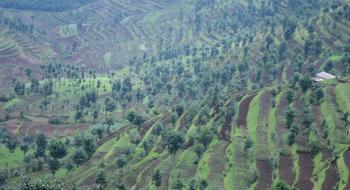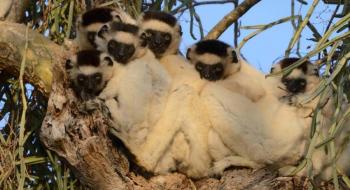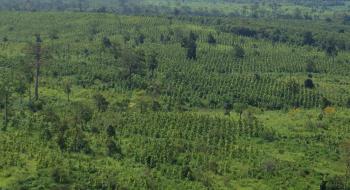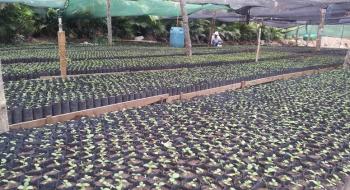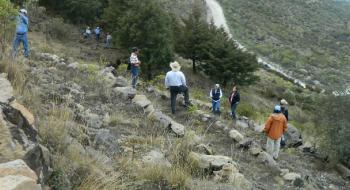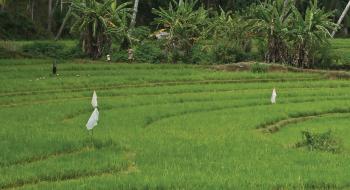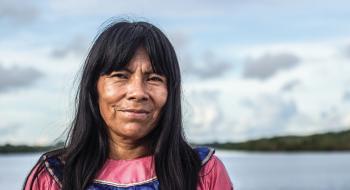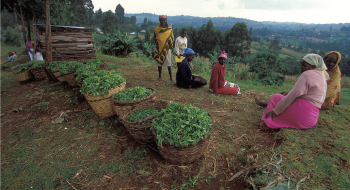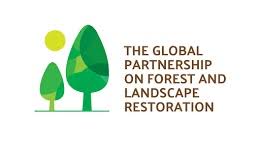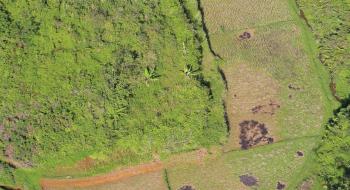Integrating trees into a restored farming landscape in Rwanda
Teaching and helping farmers to integrate trees into their lands is integral to a restoration project in a district of Rwanda that supplies most of the water used in the capital city*
Building on years of experience with sustainable land and agro-ecosystem management activities in Rulindo district, The Food and Agriculture Organization of the United Nations provided support to 276 farmers.

